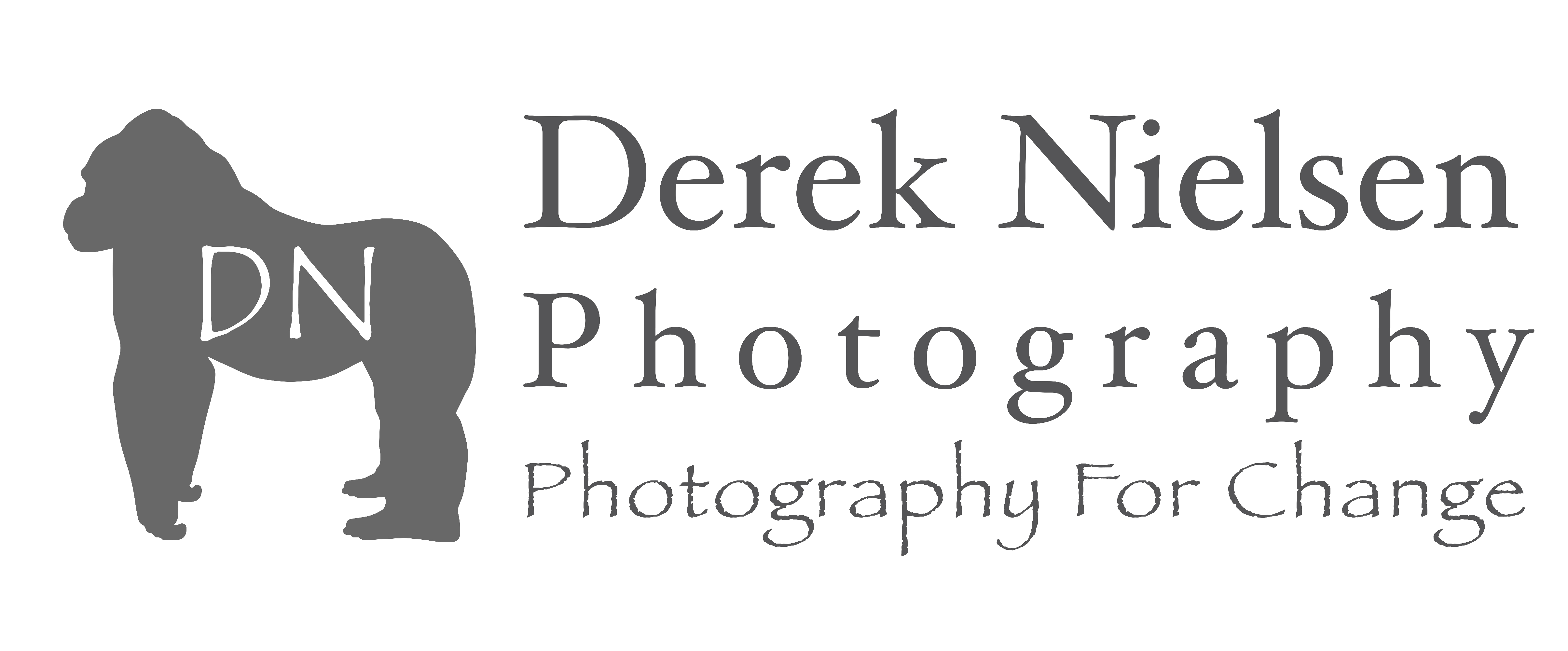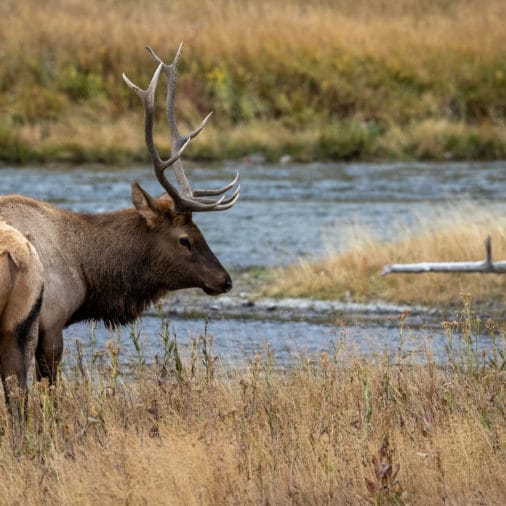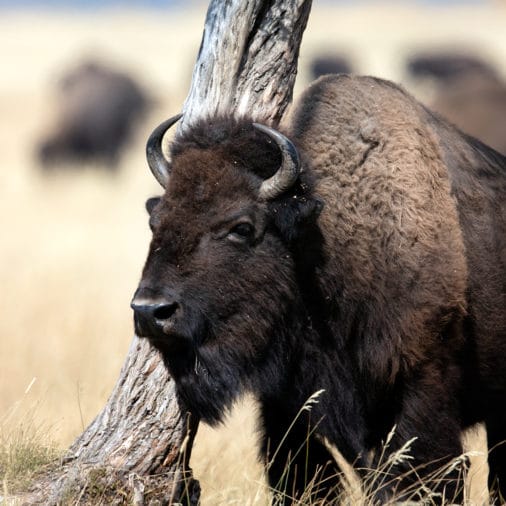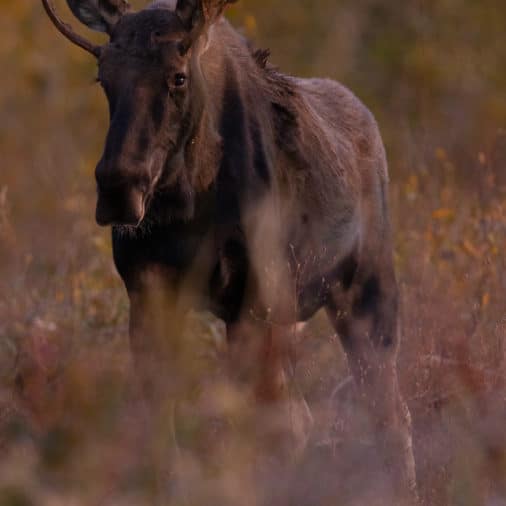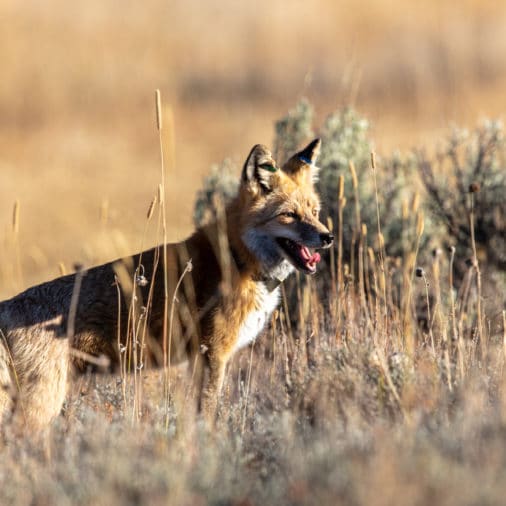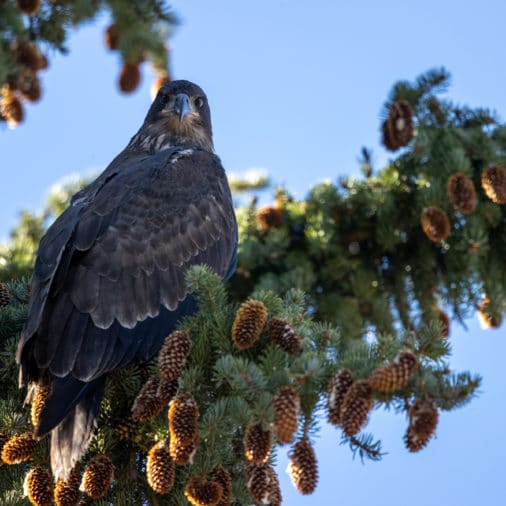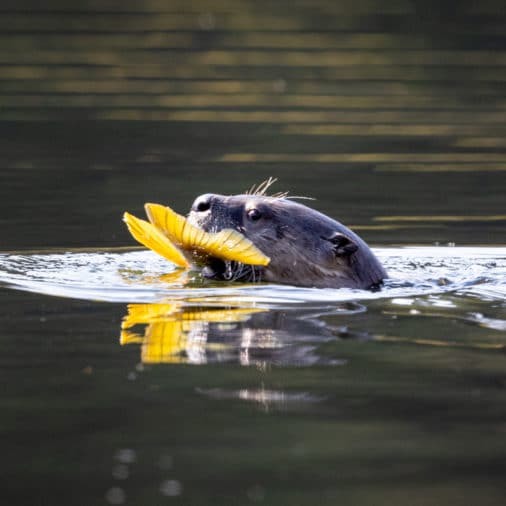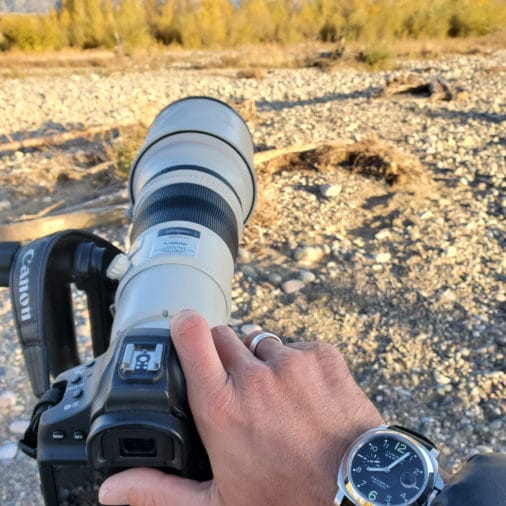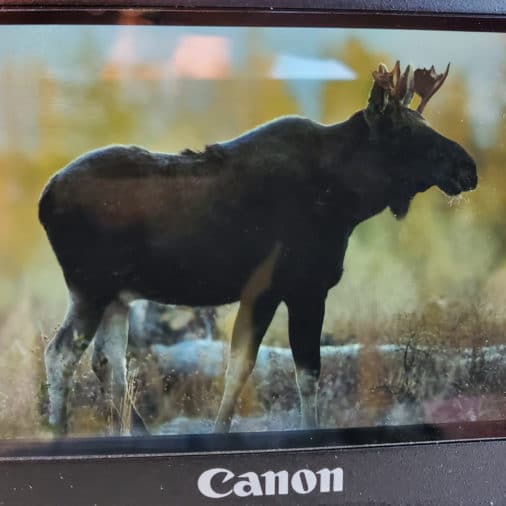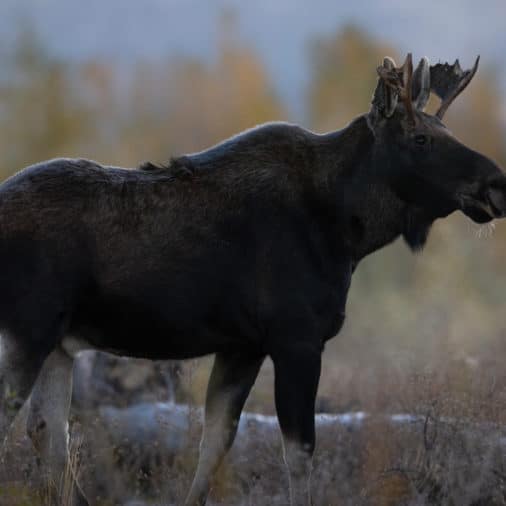
3 nature photography tips for shooting Jackson Hole (or anywhere!) like a pro
Set in the towering Rocky Mountains and boasting some of the best wildlife watching in the United States, Jackson Hole, Wyoming is one of the most beautiful places in the world for nature photography. Its proximity to awe-inspiring natural sights—with easy access to two national parks (Grand Teton and Yellowstone)—makes Jackson Hole a top travel destination for those seeking to hike, ski, explore waterfalls or take in the majesty of Old Faithful. I can personally attest that the city also offers some great dining and shopping. For me, though, that’s all just a bonus. I visit Jackson Hole to enjoy and photograph its local wildlife in their natural setting. When done right, I’ve found photography in this area to be magical.

(Volcanic Moran – Limited Edition Luxury Fine Art Print of 100 – Derek Nielsen Photography)
If you’re lucky enough to be headed to Jackson Hole, or any spot of natural wonder and beauty, to partake in some wildlife photography yourself, follow these three simple nature photography tips to make sure you capture the best possible images.
1. Nature photography often calls for getting up early
Nature photography requirement number one: embrace the life of an early bird. If you’re going to take wildlife photography seriously, in Jackson Hole or anywhere else, you absolutely must get up early. In general, wildlife tends to be most active during the early morning and late evening hours, taking shelter from the warmth of midday in hard-to-find spots. By the time most people finish breakfast, moose, for example, have already bedded down—and are very difficult to find. Yes, a 1,500-pound, 7-foot-tall animal can be hard to find.

So, set that alarm and make a big pot of coffee. And do your scouting the night before. Driving around during the dark hours to pick out ideal locations for wildlife photography will eliminate endlessly driving around disappointed and seeing nothing during the daytime.
Want to get an iconic shot of the mountains with a reflection over water? You definitely don’t want a bunch of tourists’ heads in your way. Waking up early also makes big crowds a less likely obstacle to your nature photography goals. In some extremely popular Jackson Hole locations, like Oxbow Bend or Schwabacher Landing, this means an hour before sunrise.
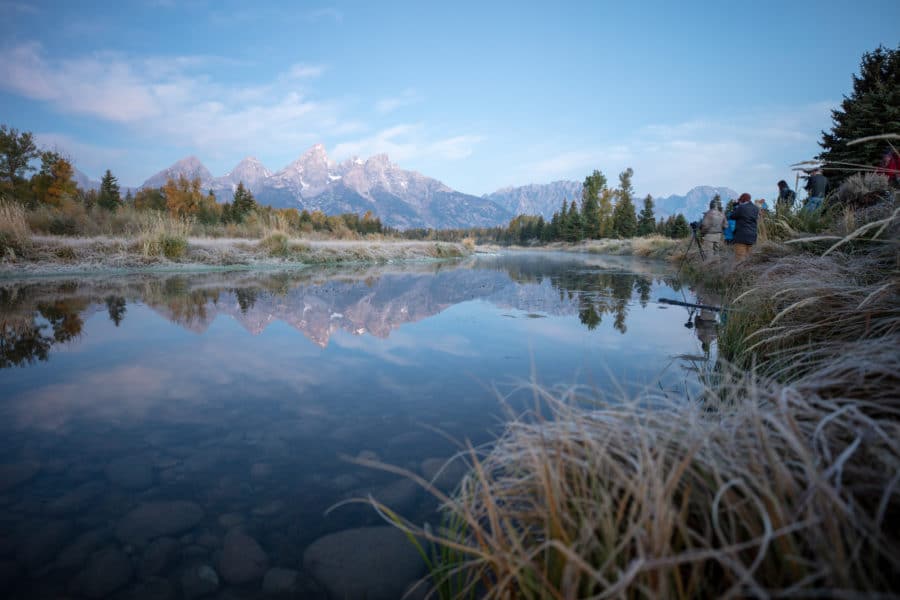
Side note: Unfortunately, as I have found out firsthand, even waking up before the sun doesn’t guarantee a crowd-less experience, and certainly doesn’t mean people will be respectful of your position. In fact, others may set up shop right in front of you and your lens. But please, remember to be respectful of your fellow photographers and humans. If someone is in the ideal location before you, simply wait for them to move along, or come back another day (perhaps even earlier) to claim that coveted vantage point.
2. Do your research
Whenever I’m sharing wildlife photography tips, I cannot stress this point enough: Certain animals are found in certain areas more often. A little investigation into animal behaviors and preferred ecosystems will go a long way in helping you produce the nature photography you came to Jackson Hole to create.
For example: If you’re looking for a bobcat in a lowland, wet area surrounded by water, you’re less likely to be successful. (But, hey, you might spot one of those difficult-to-find moose!) You can also talk to fellow photographers. Around Jackson Hole, a word about certain wildlife sightings or movements tends to travel fast. You might also be able to glean some more helpful photography tips! Even if you’re not looking for wildlife, research can pay off for landscape photography as well, from scouting locations to planning for weather and gathering sunrise/sunset forecasts. For instance, I use sunsetwx.com to figure out if my morning will be best spent shooting a landscape or looking for wildlife.
3. Use common sense while out doing nature photography
This should probably be the first tip on the list, but I didn’t want to scare off readers from visiting the parks. No matter how beautiful, how stunning, how awe-inspiring, no photograph is worth being mauled by a bear or falling off a cliff. Luckily, applying common sense to your journey will go a long way toward keeping your time in Jackson Hole free of such unfortunate events.
Wildlife can be mesmerizing. I get it. It’s why you’re headed into nature to capture it in the first place. But don’t let the excitement of seeing some of these incredible animals in the wild overwhelm you and make you forget how powerful they are. Always maintain a safe distance, and follow any posted guidelines. Yellowstone and Grand Teton recommend you stay at least 100 yards from bears and wolves and at least 25 yards from bison, elk, bighorn sheep, deer, and moose.
( If you can’t afford expensive gear for photography, consider renting it to get those close-ups you are after)
Bears are the obvious animal most people have a healthy fear of, and they tend to keep their distance. However, attacks do happen—most often when someone is hiking alone or if a group startles a bear. So, first of all, never hike alone. And even if you’re hiking in a group make sure to bring bear spray, make lots of noise along the way and make sure you know what to do if you encounter a bear in the wild.
Although our culture doesn’t ascribe a lot of fear factors to the Bovidae family, bison attacks are actually twice as common as bear attacks. Mainly because people don’t give them enough space. So back off—unless you feel like getting run over and gored by a furry 3,500-pound, 8-foot-tall pickup truck fueled with testosterone.
As for landscapes, if a sign says “do not cross,” definitely listen. Jackson Hole’s terrain is some of the most eye-catching around, but also the most dangerous the United States has to offer. Steep cliffs, boiling sulfur springs, raging rivers, and powerful rock slides are not to be messed with unless you’re accompanied by an experienced guide.
Take your nature photography to the next level
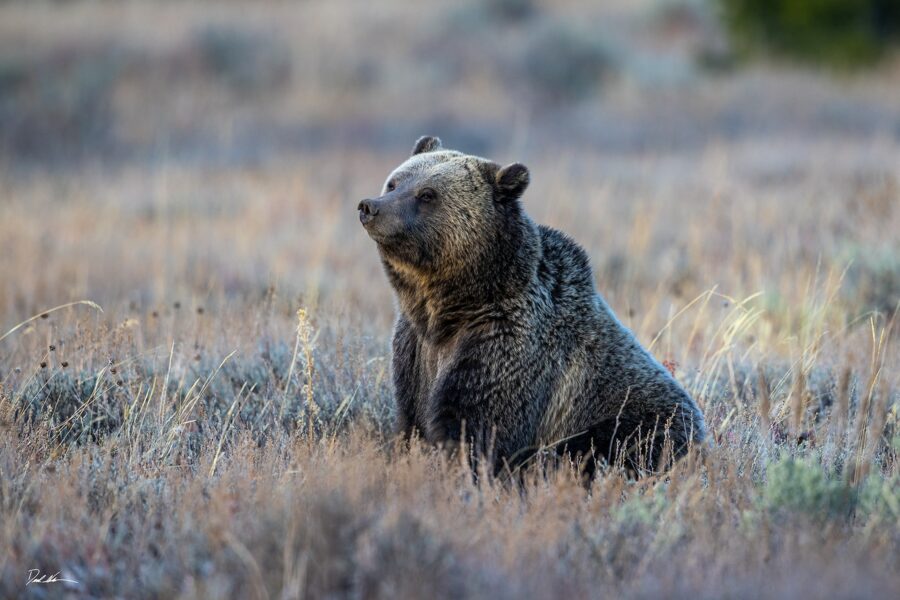
Whether you’re a newcomer to nature photography or a veteran, Jackson Hole and the greater Yellowstone area will no doubt leave you breathless and coming back for years. With the right planning and mindset, and liberal application of these three tips, I hope this will be your photography trip of a lifetime. Be safe, have fun and fill up those memory cards. Make the adventure yours. The wild west awaits.
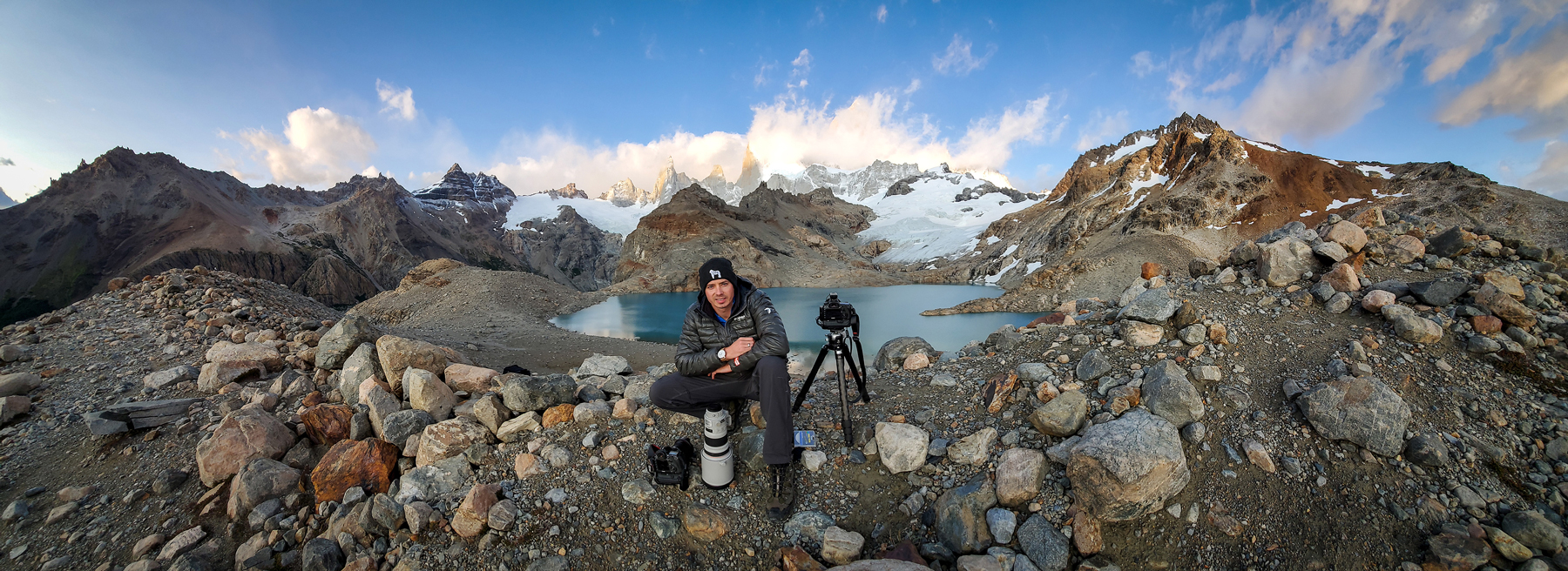
Hello! I'm Derek.
DEREK NIELSEN PHOTOGRAPHY RAISES AWARENESS ABOUT THE GLOBAL NEED FOR CONSERVATION THROUGH PHOTOGRAPHY AND DONATES UP TO 15% OF ALL SALES BACK TO ENVIRONMENTAL ORGANIZATIONS AROUND THE WORLD.
